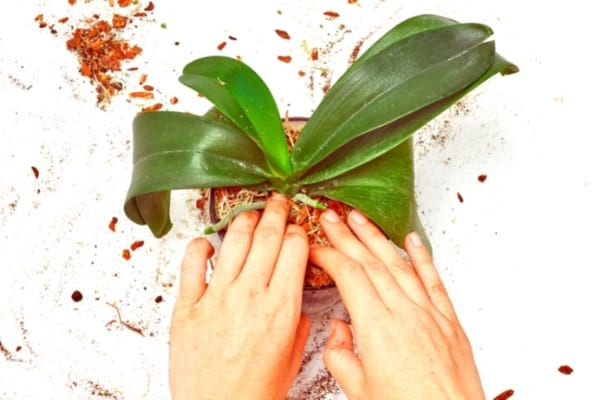Unlocking the Secret to Orchid Reblooming: My 7 Tried-and-Tested Strategies
Wondering what to do once your orchids have wilted? Here, I unveil my foolproof methods for prompting their blossoms year after year. Once upon a time, I believed that the phalaenopsis orchid was a one-time bloomer. Upon its demise, I’d consign it to a forgotten corner.
But then came a revelation: my trusted florist friend shared the key to inducing repeated flowering. Since adopting these techniques, my orchids have faithfully bloomed annually, rendering new purchases unnecessary. Remarkably, I’ve sustained flowering in my old orchids for eight consecutive years!
Without further ado, here are my seven tips for coaxing reblooms from spent orchids:
- Precision Pruning: When the orchid’s blooms fade, it’s crucial to trim the stem correctly. Some advocate cutting at the base, while others endorse snipping above the third “eye” – those dark, ring-shaped growths along the stem. I opt for cutting at the base to encourage new bud growth and maintain aesthetic appeal. Employ fine pruning shears for precision.
- Upsize the Pot: Despite their modest requirements, orchids boast robust root systems. Repot every three years to accommodate root growth. Opt for a slightly larger pot and a soil-wood chip mixture from gardening centers.
- Drainage is Key: Prevent waterlogging by adding clay balls or wood bark to the pot during repotting. Proper drainage prevents root rot, a perilous fate for orchids.
- Summer Sojourn: Orchids thrive in warmth and humidity. From late May to September, place them outdoors under shade, as direct sunlight can scorch their leaves. Forget regular watering; ambient humidity and dew sustain them.
- Light Matters: Provide ample but indirect light to prevent leaf burn. Position orchids behind windows in bright rooms, avoiding direct sun exposure, especially during summer.
- Maintain Moisture: Unlike conventional watering, orchids benefit from periodic root moistening. Spritz roots weekly or soak pots in water for 30 minutes, ensuring consistent humidity.
- Fertilizer Caution: Orchids generally don’t require fertilizers; excessive stimulation can be detrimental. Avoid chemical fertilizers that accelerate flowering unnaturally.
With these strategies, your orchids are poised to bloom anew. Patience is paramount, as some varieties have dormant phases lasting 6 to 9 months. If blooms remain elusive, consider varying environmental conditions and avoiding drafts.
